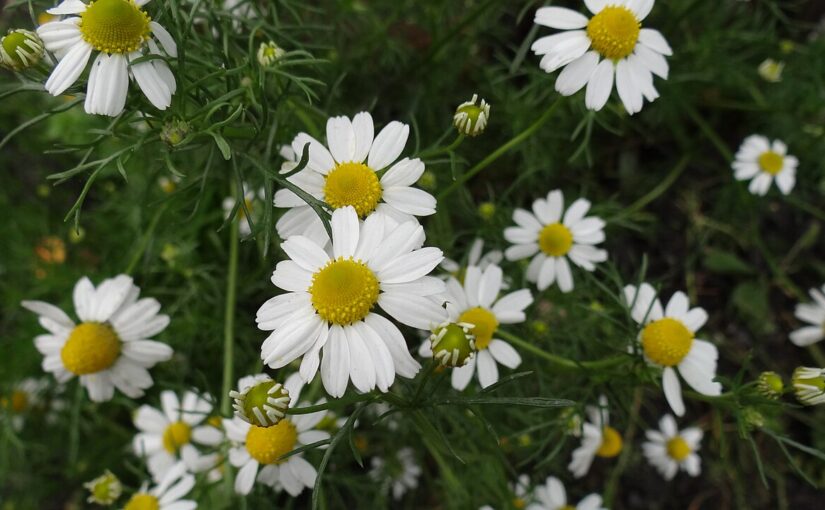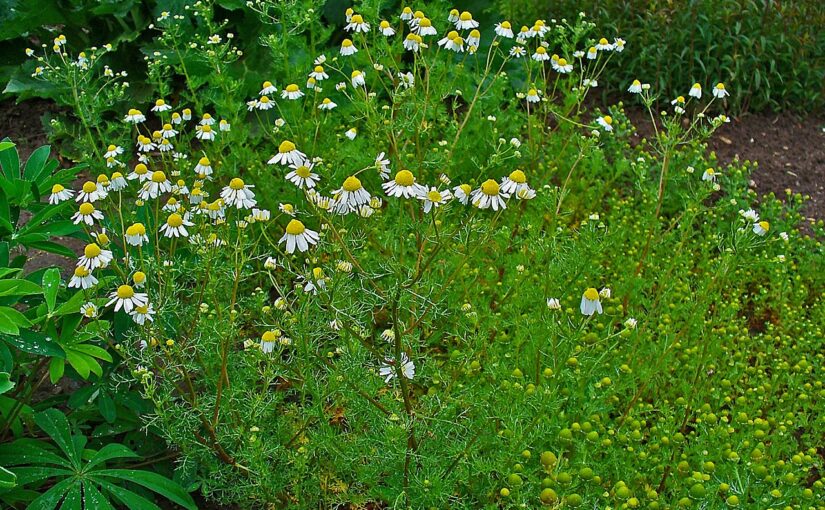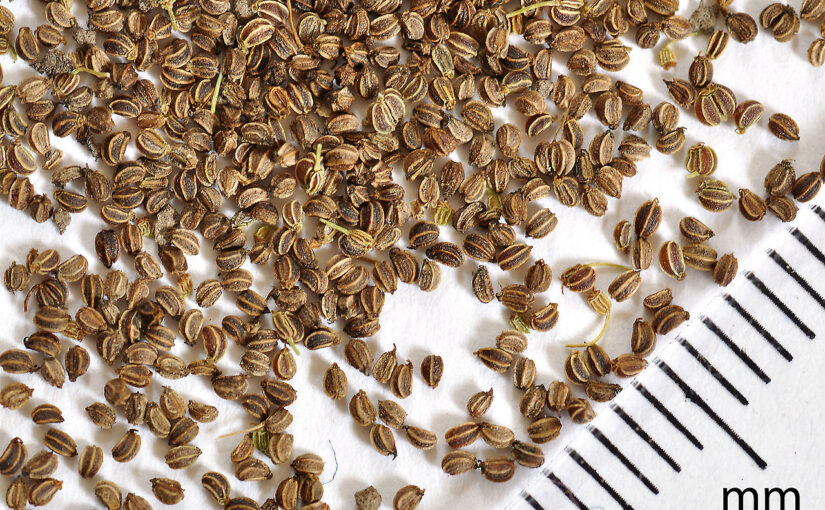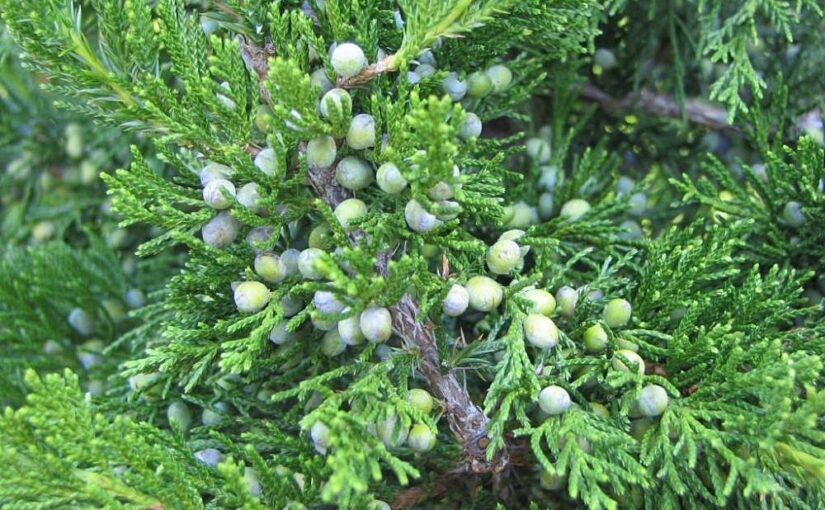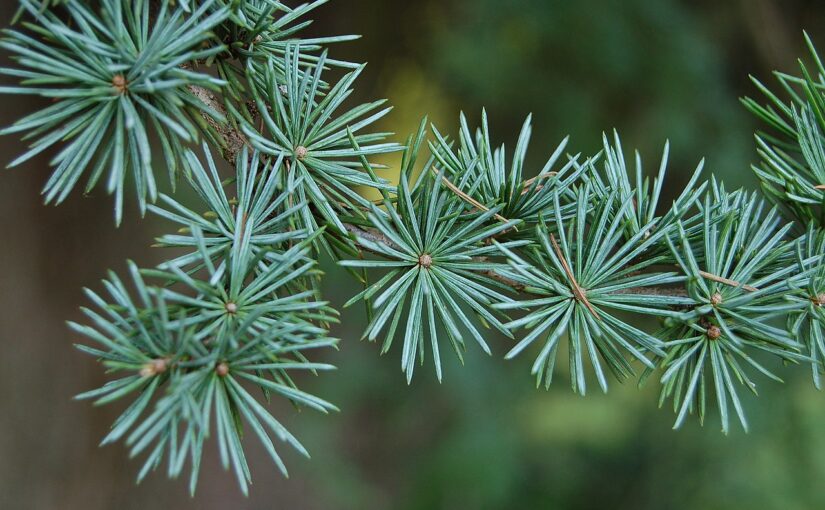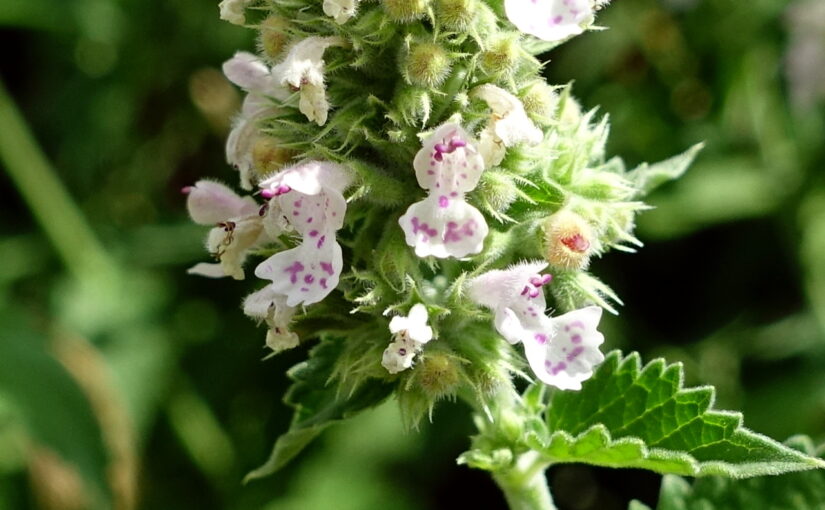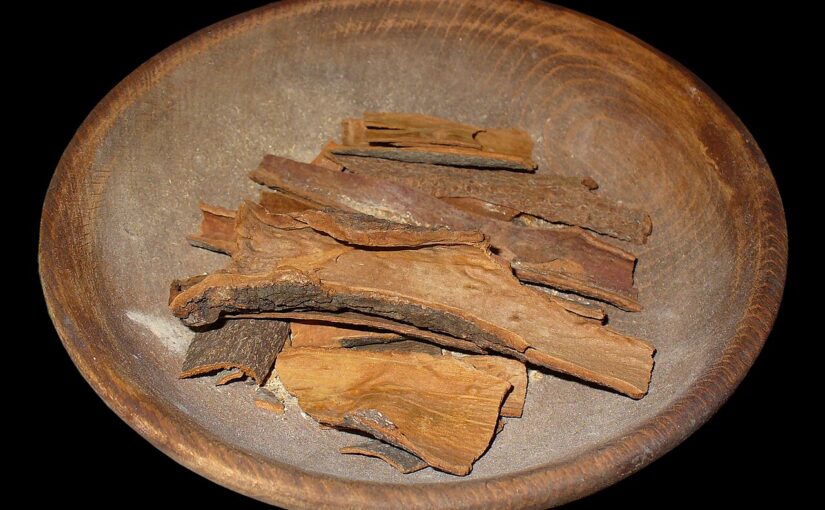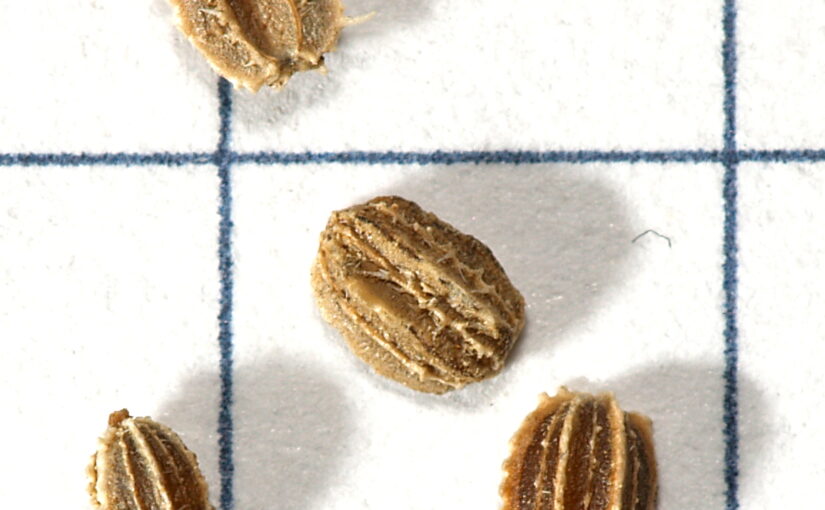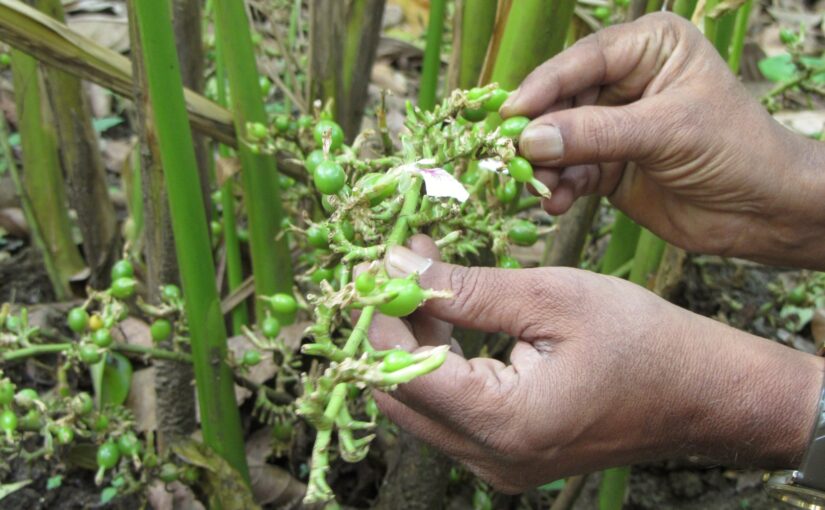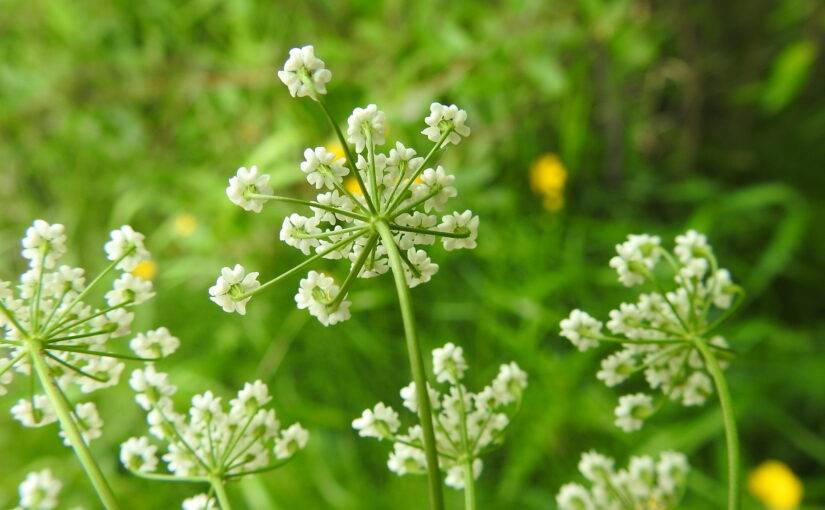“The Camomile; the more of it is troden on, the faster it grows.”
—William Shakespeare, Henry IV, Part 1, Act 2, Scene 4
Roman chamomile essential oil comes from Chamaemelum nobile, a cherished perennial in the Asteraceae family. Its history stretches across southern and western Europe, with cultivation also widespread in England, Belgium, Hungary, Italy, France, North America, and Argentina. Major oil production centers today include Germany, Morocco, the UK, and the US. Extraction happens through steam distillation of the flowering heads, carefully gathered in June and July when they are most potent. The oil possesses a warm, sweet, and delicately herbal aroma with hints of fruit and apple. A fragrance sometimes compared to fresh cognac. Its appearance ranges from pale blue to straw-yellow, and its fine consistency complements its uplifting character. Principal chemical constituents include isobutyl angelate, isoamyl angelate, methylbutyl angelate, pinene, camphene, and a touch of chamazulene.
Continue reading Chamomile (Roman) Essential Oil: The Oil of Spiritual Purpose